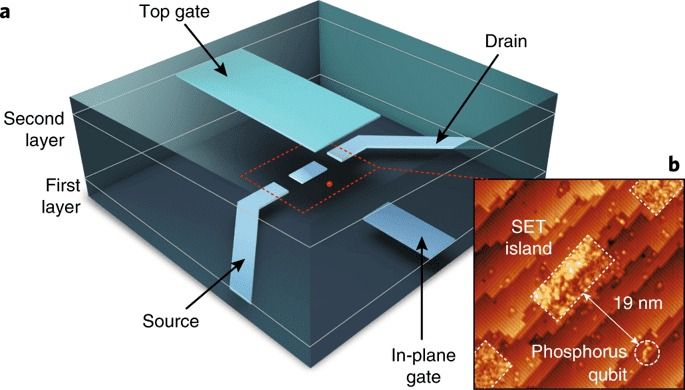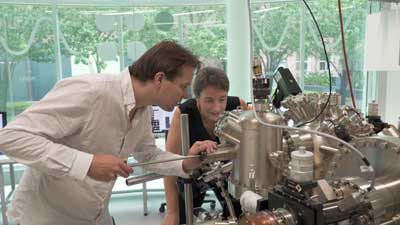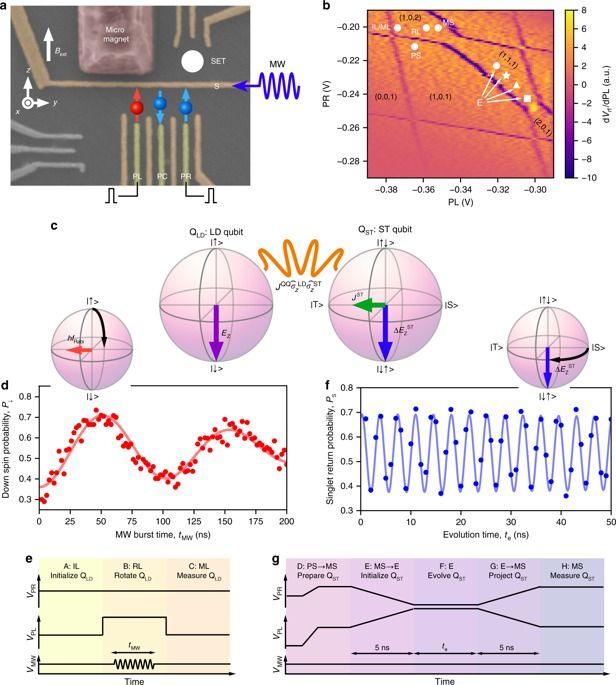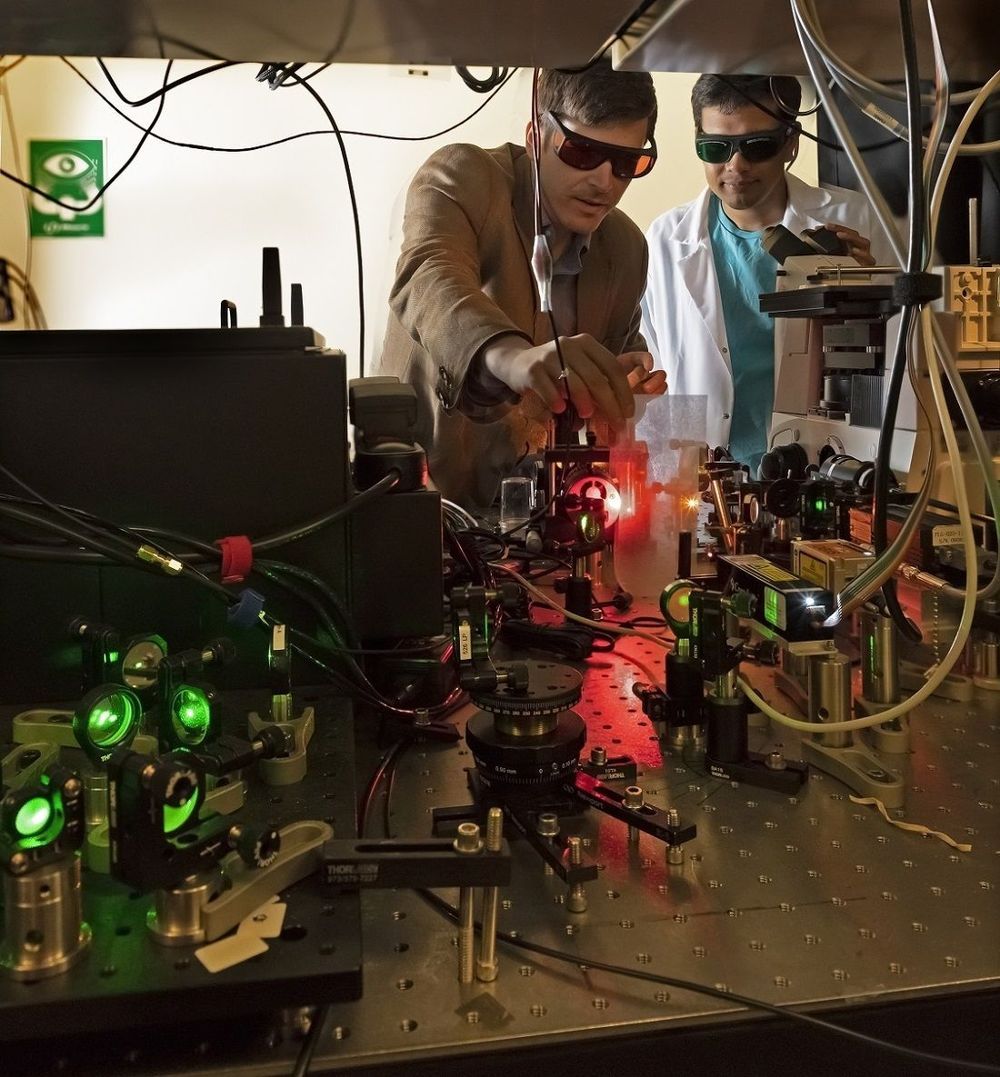Jan 10, 2019
3D Atomic Quantum Chips and Advance to Eventual Large Scale Quantum Tech
Posted by Genevieve Klien in categories: computing, particle physics, quantum physics
Australia’s New South Wales scientists have adapted single atom technology to build 3D silicon quantum chips – with precise interlayer alignment and highly accurate measurement of spin states. The 3D architecture is considered a major step in the development of a blueprint to build a large-scale quantum computer.
They aligned the different layers in their 3D device with nanometer precision – and showed they could read out qubit states with what’s called ‘single shot’, i.e. within one single measurement, with very high fidelity.
Continue reading “3D Atomic Quantum Chips and Advance to Eventual Large Scale Quantum Tech” »

















